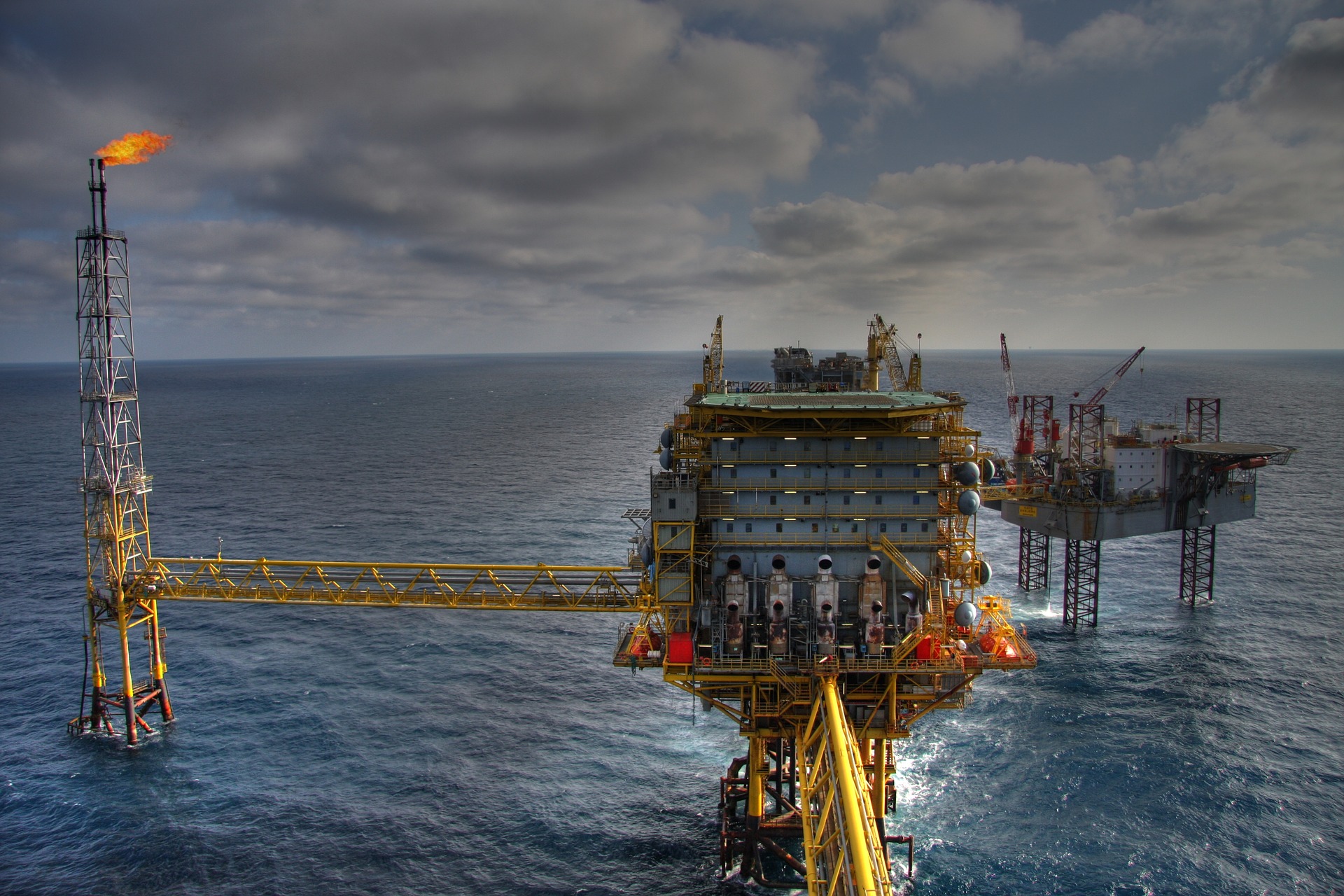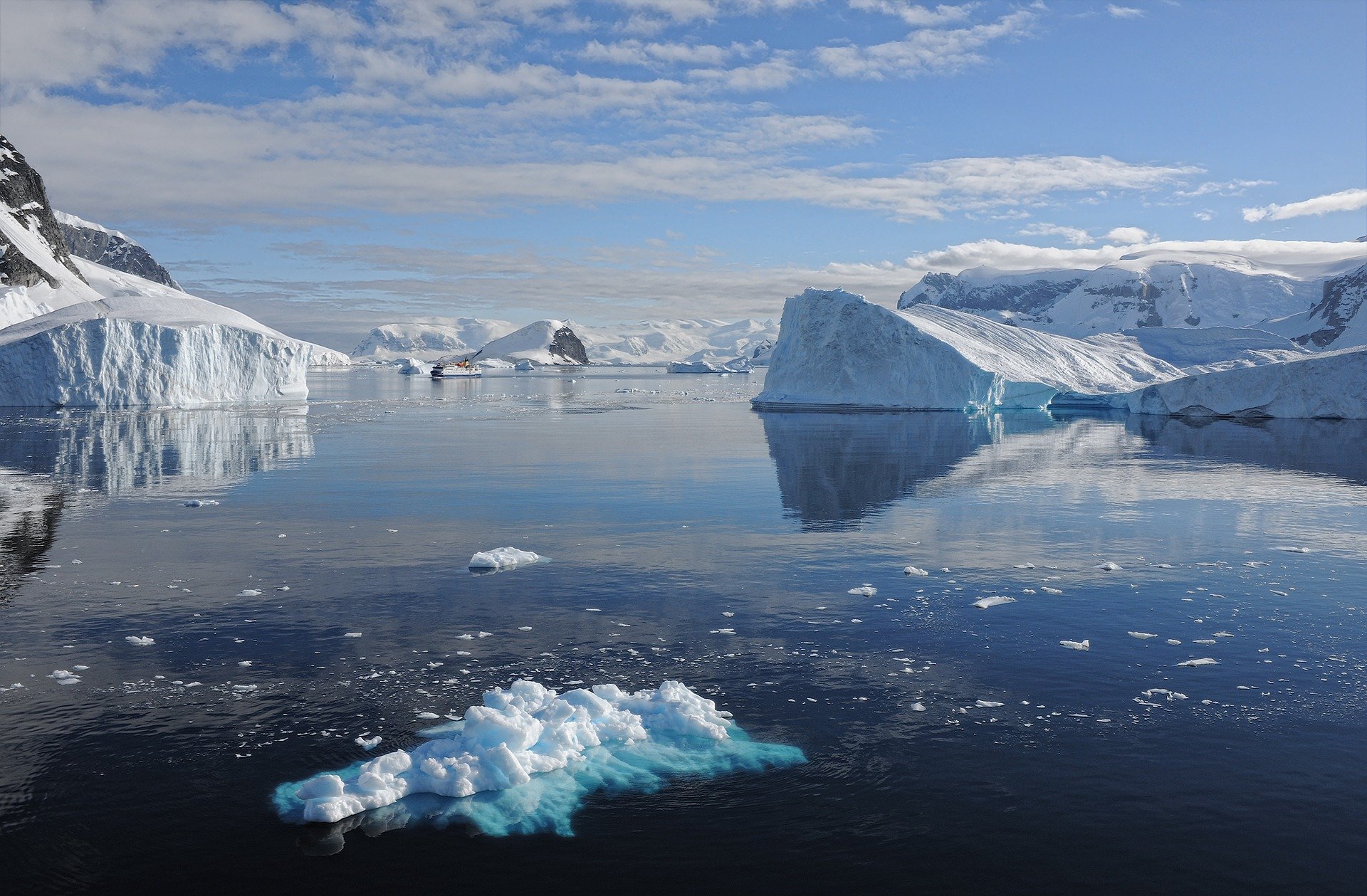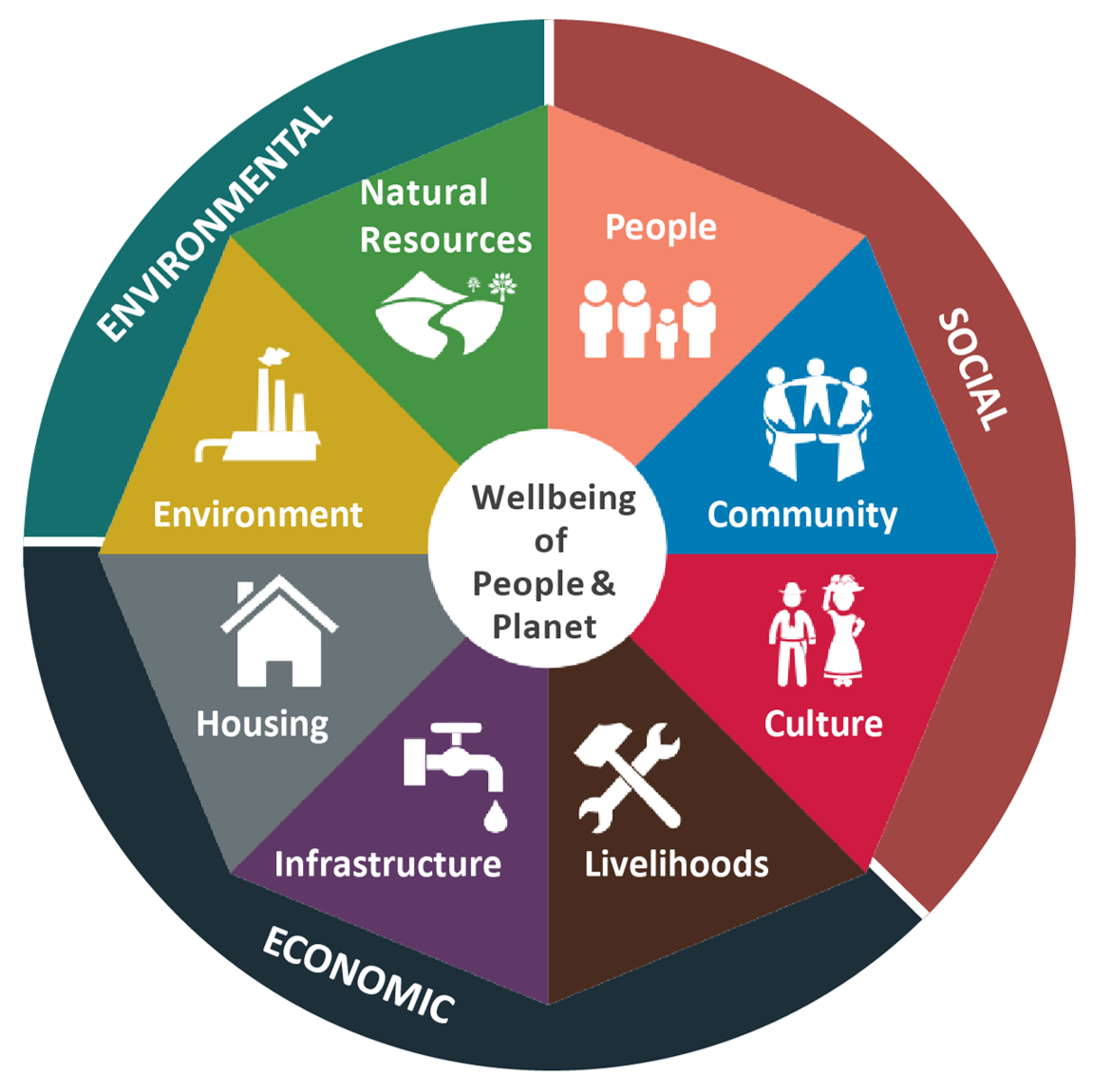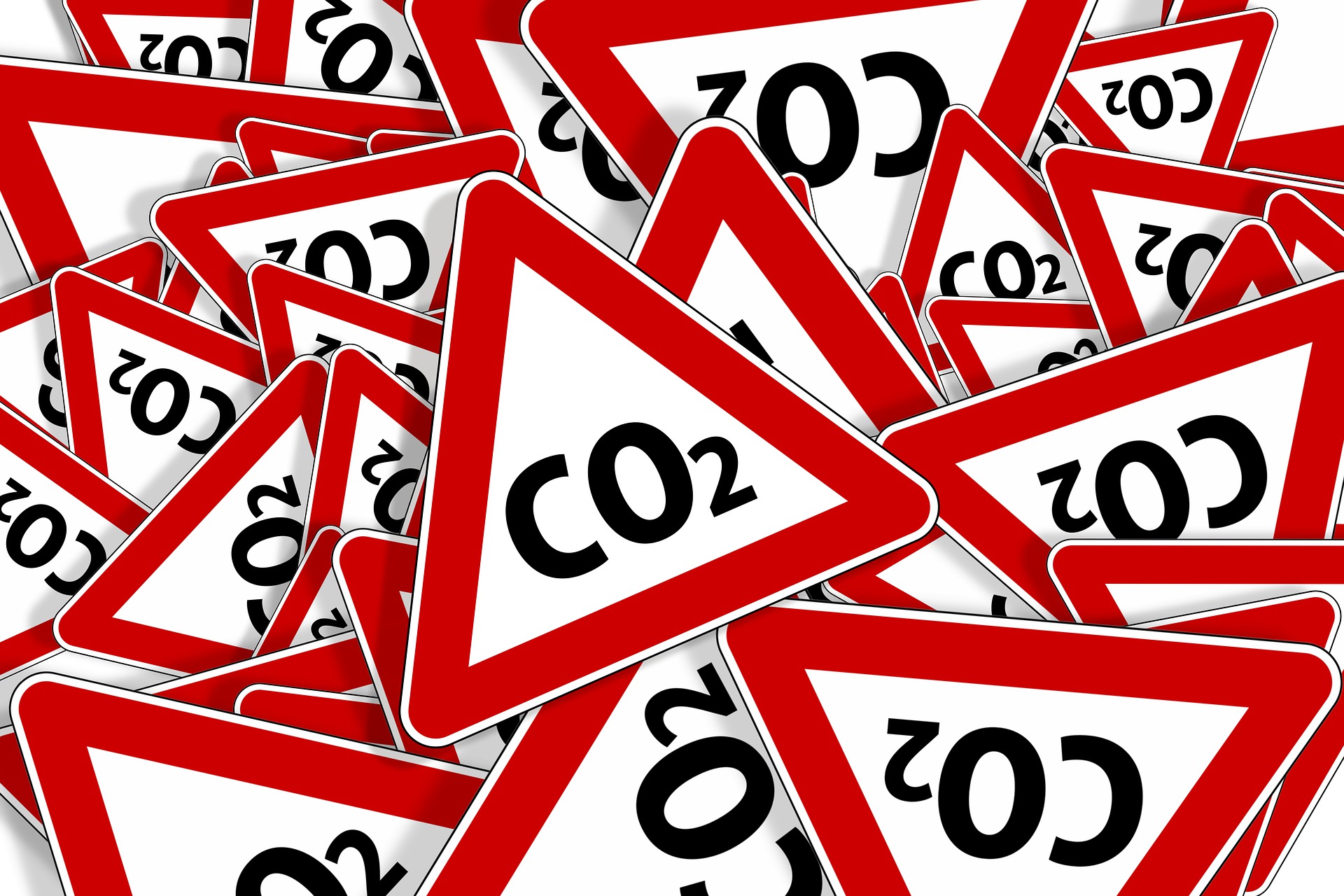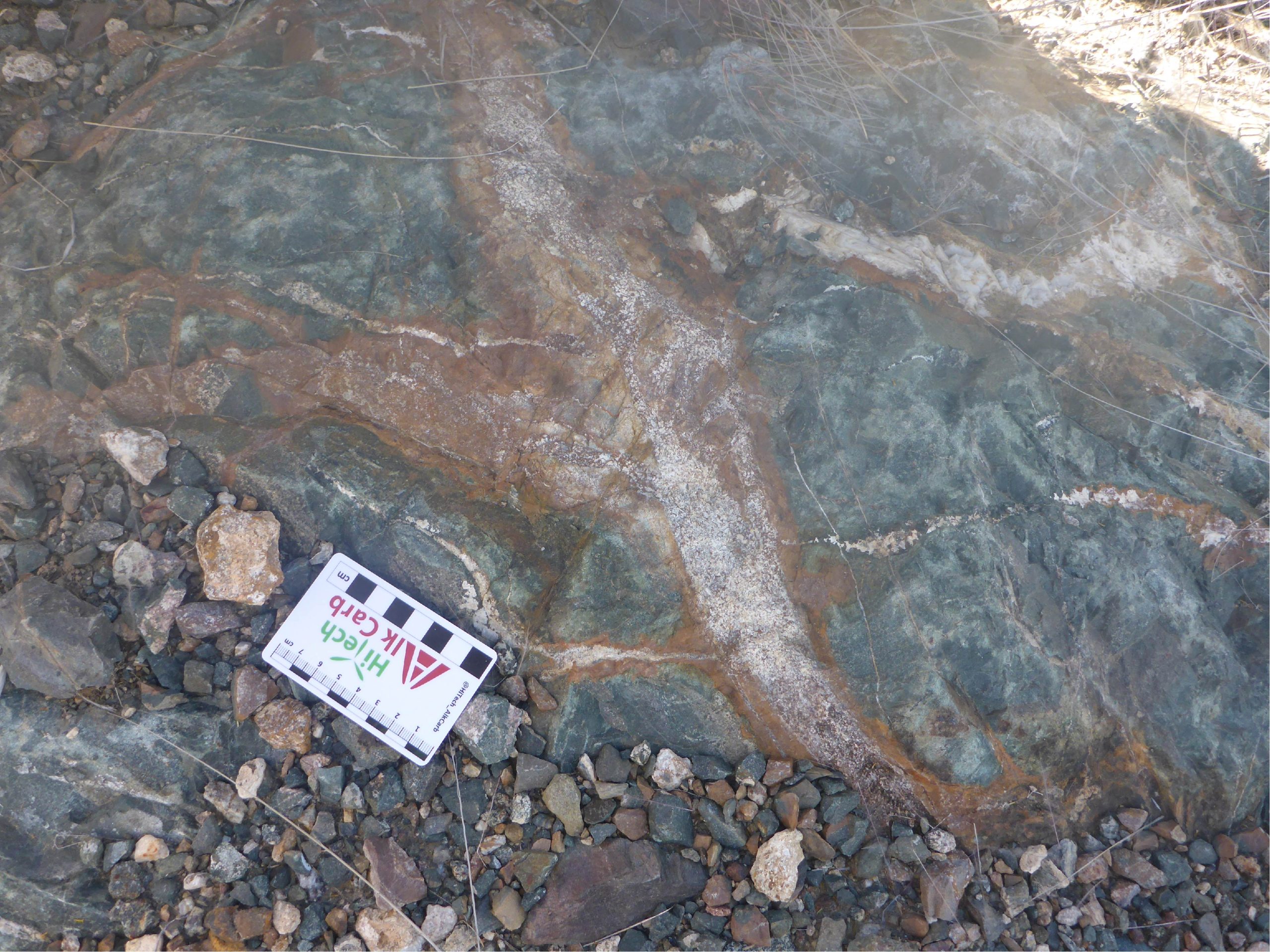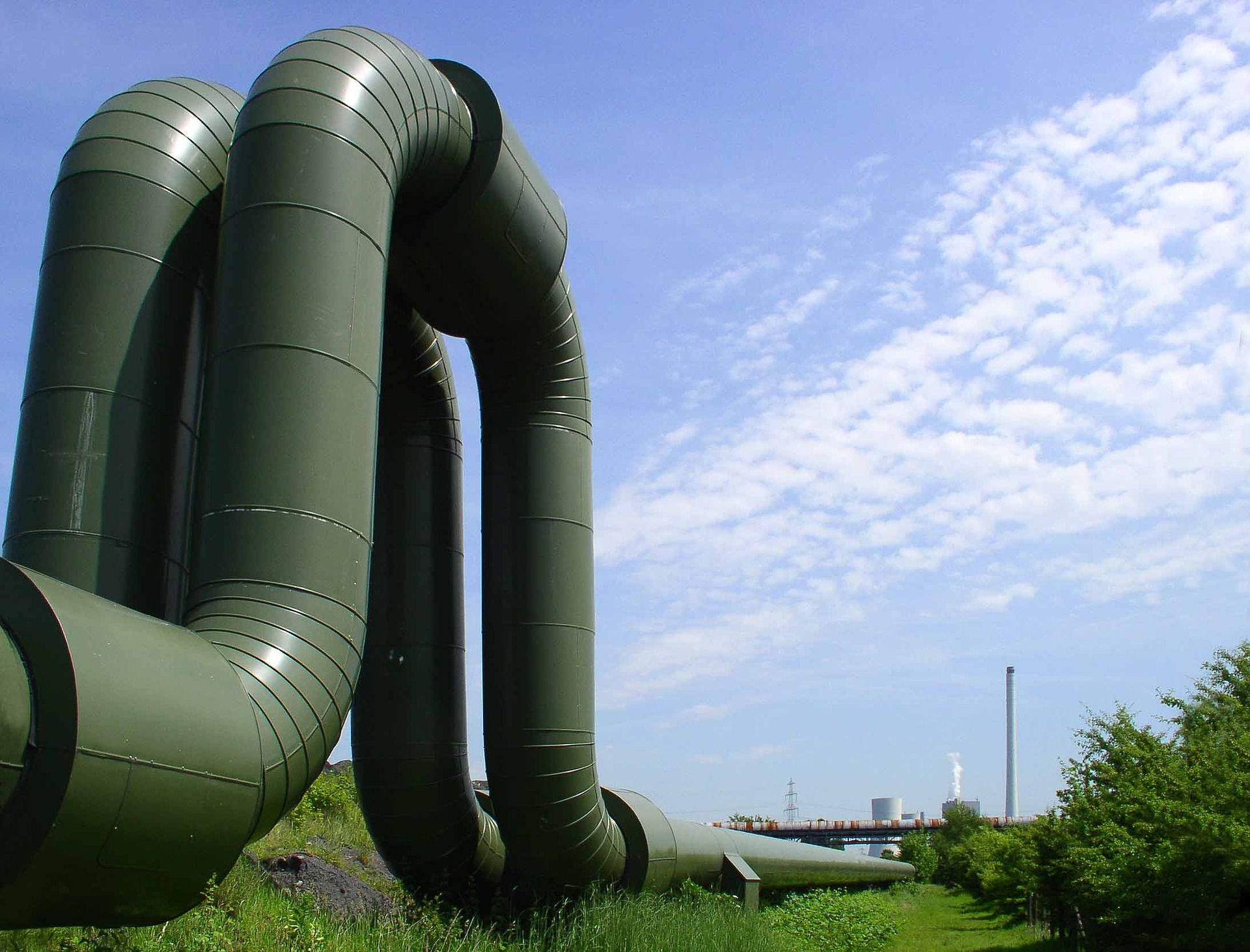Tutor(s)
Gioia Falcone: Rankine Chair of Energy and Engineering, University of Glasgow.
Overview
This course covers fundamental aspects and best practices of production, injection and storage engineering for different geoenergy applications, where the subsurface is used as a source (hydrocarbons, geothermal energy), or as a periodic/seasonal store (natural gas, compressed air, hydrogen, thermal energy), or as a sink (CO2, radioactive waste). The course focuses on an integrated system approach, to ensure compatibility between subsurface and surface engineering processes, and to understand scalability of technologies that may play a pivotal role in the transition to a sustainable energy future.
Duration and Logistics
Classroom version: A 3-day course comprising a mix of lectures, case studies and exercises. The manual will be provided in digital format and participants will be required to bring a laptop or tablet computer to follow the lectures and exercises.
Virtual version: Five 3.5-hour interactive online sessions presented over 5 days. A digital manual will be distributed to participants before the course. Some reading is to be completed by participants off-line.
Level and Audience
Advanced. The course is intended for geoscientists, geoengineers, project managers and regulators wishing to learn how to design, manage and monitor integrated geoenergy systems, from the subsurface to the surface (and vice versa), including the associated uncertainties and risks.
Objectives
You will learn to:
- Appreciate the different ways in which the subsurface can be exploited for different geoenergy applications.
- Bring together the different elements of a production/injection/storage geoenergy system towards integrated design and management.
- Identify the uncertainties and risks of different geoenergy projects over their lifetimes.
- Assess the impact of different operational requirements on overall system design and performance.
- Optimize system performance under constraints.




